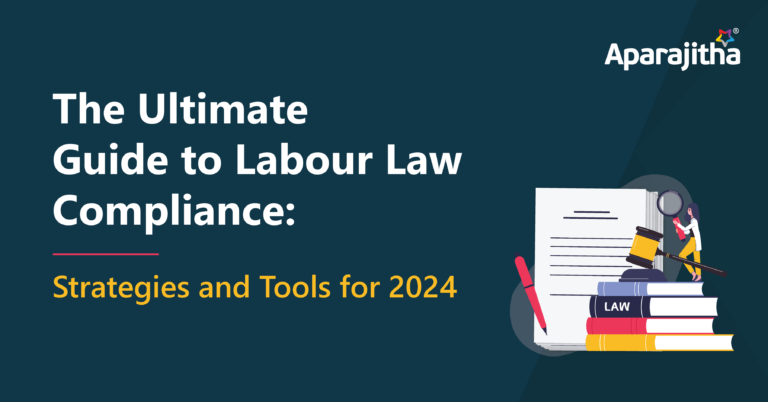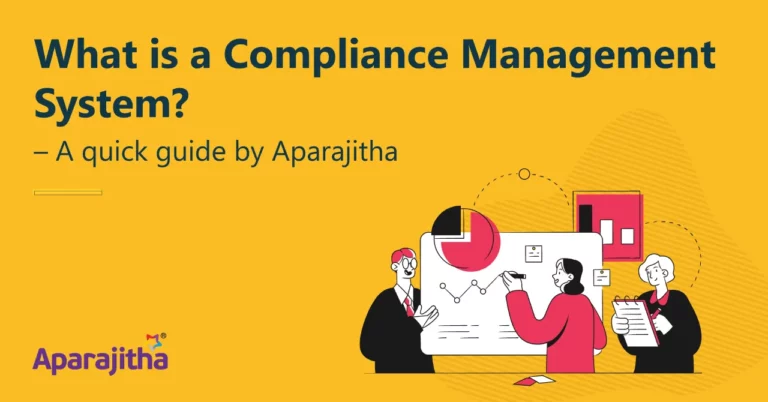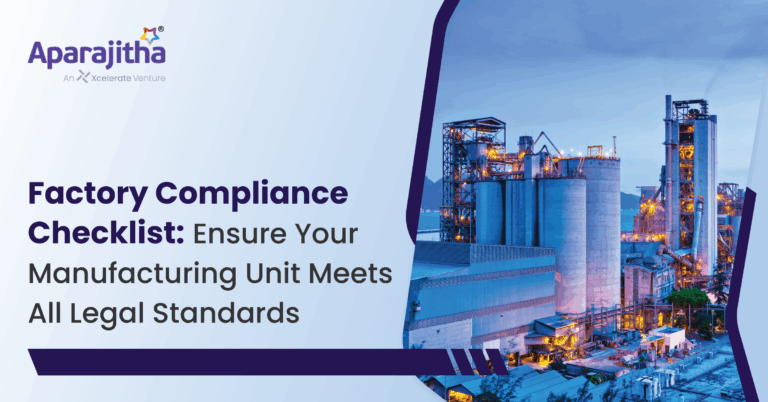Is it what is intended or an error to be rectified?
Following the Code on Wages, 2019, it looks like The Occupational Safety, Health, and Working Conditions Code, 2019 is the next one to be released. A bill to that effect has already been introduced in the Lok Sabha on 23rd July 2019. The code aims at simplifying, amalgamating and rationalizing the existing thirteen legislations which are listed below:
- The Factories Act, 1948
- The Mines Act, 1952
- The Contract Labour ( Regulation & Abolition ) Act, 1970
- The Inter-State Migrant Workmen ( Regulation of Employment and Conditions of Service ) Act, 1979
- The Plantations Labour Act, 1951
- The Building and Other Construction Workers ( Regulation of Employment and Conditions of Service ) Act,
- The Dock Workers ( Safety, Health & Welfare ) Act, 1986
- The Sales Promotion Employees ( Conditions of Service ) Act, 1976
- The Motor Transport Workers Act, 1961
- The Working Journalist and Other News Paper Employees ( Conditions of Service and Miscellaneous Provisions ) Act, 1955
- The Working Journalist ( Fixation of rates of wages ) Act, 1958
- The Beedi and Cigar Workers ( Conditions of Employment ) Act, 1966
- The Cine Workers and Cinema Theatre Workers Act, 1981
It’s not only the thirteen legislations getting subsumed into one single code, but also the number of sections, the number of terms defined are also getting considerably reduced. The transactional items, like the number of registers, the number of returns, the number of registrations/licenses, the number of materials to be displayed, etc. are also likely to be reduced hugely.
The code contains thirteen chapters, of which eleven are common for all types of establishments, with some specific exceptions. Of the remaining two, Chapter X deals with ‘special provisions relating to the employment of women’ and Chapter XI contains six parts, wherein Part I deals with Contract Labour. Sec 45 explains the applicability of Part I of Chapter XI which is extracted hereunder:-
“45. (1) This part shall apply to –
i. Every establishment in which twenty or more contract labour are employed or were employed on any day of the preceding twelve months through contract;
ii. Every manpower supply contractor who has employed on any day of the preceding twelve months twenty, or more contract labour:
Provided…
Provided further that….
Provided also that…”
While Clause (i) makes Part I applicable to every establishment which employs 20 or more contract labour, Clause (ii) makes it specifically applicable only to the ‘manpower supply contractor’ even though the code otherwise recognizes both the types of contracts, viz., ‘the manpower supply contract’ as well as ‘the job contract’. Interestingly, the definition for the term ‘contractor’ as found in Sec 2(1)(n) covers both the types of contractors. In addition, Sec 47(1) which discusses about the ‘license’ reads as follows:
“47.(1) No contractor to whom this Part applies shall –
a. supply or engage contract labour in any establishment; or
b. undertake or execute the work through contract labour, except under and in accordance with a license……”
It is evident, upon going through Sec 47(1), no distinction is drawn between a manpower supply contractor and a job contractor for obtaining a license under the code.
All the sections in Part I of Chapter XI of the code are equally applicable to both the types of contracts except Sec 45(1)(ii). It is only clause (ii) of sub-section (1) of Sec 45 which makes a departure. I can’t believe this could be the intention of the law-makers as otherwise the other provisions should have been drafted differently (including Sec 2(1)(n) and Sec 47(1) ). The obligation of taking a license cannot be cast on a ‘job contractor’ when the code itself does not apply to him/ her. So, is it, then, an error?
Similarly, Section 32 of Chapter VII discusses about the Annual Leave with Wages. Sub-section (1) reads as follows:
“Every worker employed in an establishment shall be entitled for leave with wages subject to the following conditions, namely-
(i) that he has worked one hundred and eighty days or more in
such calendar year;
(ii) that he shall be entitled for one day leave for every twenty
days of his work, and in the case of adolescent workers for
fifteen days of his work, in the case of worker employed below
ground mine, at the rate of one day for every fifteen days of
his work, in such calendar year;
(iii) any period of layoff, maternity leave or annual leave availed by
such person in such calendar year shall be counted for calculating
the period of ninety days or more under clause (i), but he shall
not earn leave for the period so counted;
(iv) ……..
(v) ……..
(vi) ………
(vii) ………
(viii) ……..
(ix) ……..“
In clause (iii), there is a mentioning of ‘ninety days’ which appears to be inappropriate. Further, in the said clause, there is a reference to clause (i), which means it should be ideally ‘one hundred and eighty days’ but, instead of it is mentioned as ‘ninety days’.
I only wish this write-up draws the attention of the concerned persons and suitable amendments would be made, to avoid ambiguity before the bill moves on to the next stage in its process of becoming a law!!!
K VARADAN,
CHIEF CONSULTATION OFFICER
APARAJITHA CORPORATE SERVICES (P) LTD.,
MADURAI







